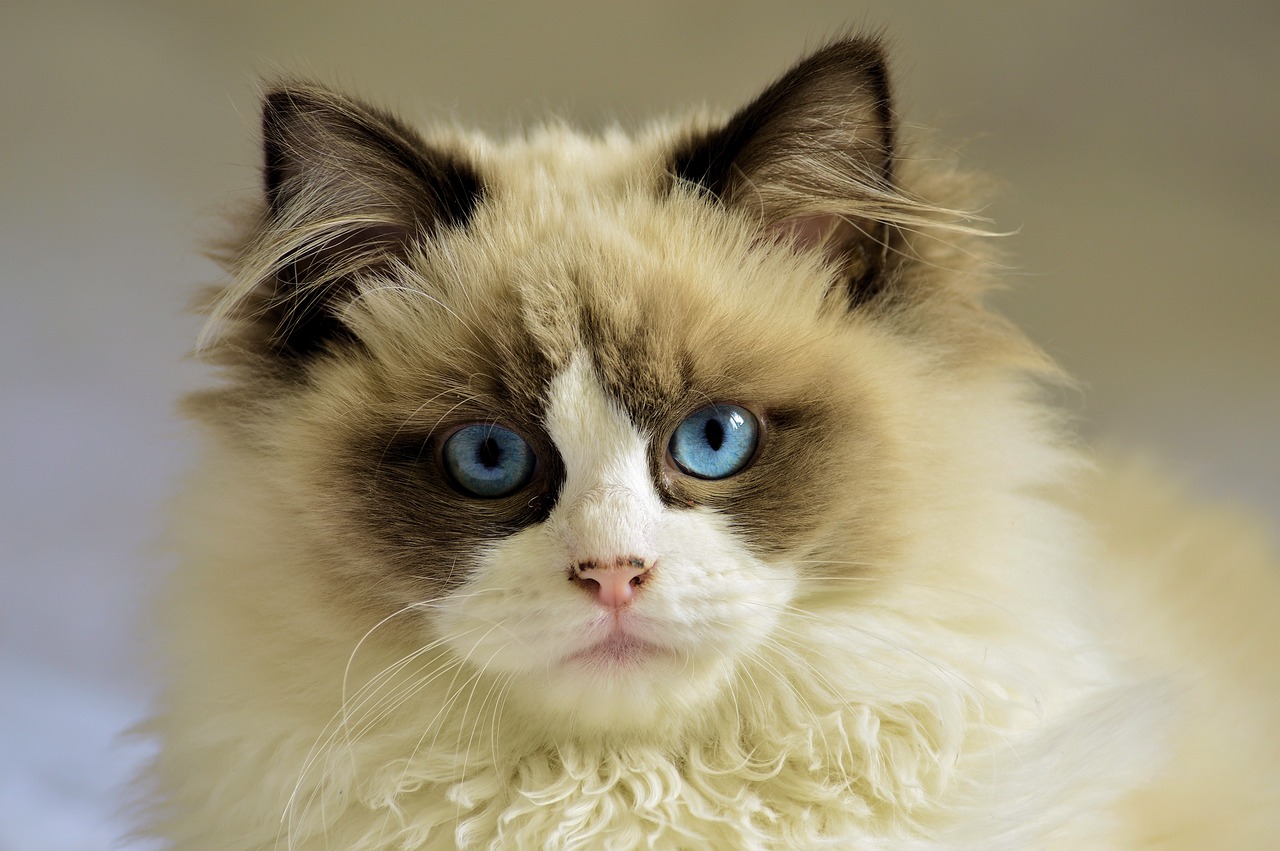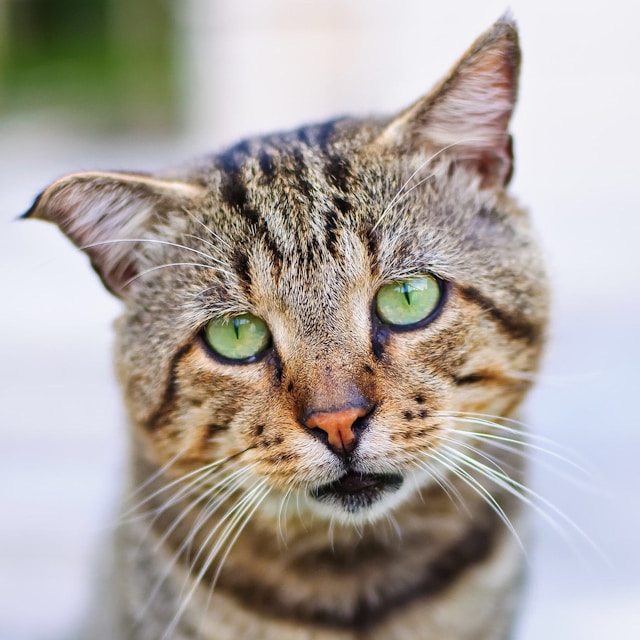Balinese

| OFFICIAL NAME | Balinese |
| COMMON NAME | Balinese (long-hair Siamese) |
| PET HEIGHT | 8 to 11 inches |
| PET WEIGHT | 8 to 15 pounds |
| LIFESPAN | 15 to 20 years |
| GOOD WITH | children, families, seniors |
| TEMPERAMENT | affectionate, sociable |
| INTELLIGENCE | high |
| SHEDDING AMOUNT | normal |
| PLAYFULNESS | high |
| ENERGY LEVEL | active |
| VOCAL LEVEL | frequent |
| COAT LENGTH |
Long |
| COLORS | blue/gray, chocolate/brown/sable, cream/beige/tan, fawn, lilac, red/orange, white |
| PATTERNS | color point |
| OTHER TRAITS |
friendly toward humans, friendly toward strangers, good for first-time pet owners, good lap cat, requires lots of grooming, strong loyalty tendencies, tolerates being alone |
The Balinese's most notable characteristic and the source of its distinct appeal is their gorgeous fur.
Balinese cats have all the fantastic qualities of Siamese cats, except for their gorgeous coats. They love "talking" with you and are playful, intelligent, and devoted to their families. If you love Siamese cats, you'll love the Balinese cats even more—they're elegant and just as charming.
Balinese Appearance
A fluffy Siamese cat is a Balinese cat. It has a silky, medium-to-long coat that hugs its slender frame and highlights its elegant shape. It also doesn't tangle easily. Usually white or cream, this fur has color points in traditional Siamese shades like blue, chocolate, seal, and lilac. Their tails have fur that matches their color points and are firm or plume-like.
Balinese cats have a slender, elegant build and powerful hind legs that let them jump exceptionally high; if you find one of these cats sitting on top of your kitchen cabinets, don't be shocked. Their heads are wedge-shaped, with large ears that continue the triangular shape of the head, and they have neat oval paws. Their almond-shaped eyes have a brilliant sapphire blue color.
Balinese Personality
The Balinese are famous for being affectionate and friendly. They get along well with all family members, enjoy conversing with their humans, and are eager to engage in energetic play. They are not aggressive; you can rely on them to be affectionate and engaging. They treat guests and strangers with the same warmth and kindness as family members.
Balinese cats, also known as the brainiacs of the long-haired cat world, are brilliant. They get along best with others, so spending too much time alone with them can make them feel quite lonely. Like tiny shadows, these cuddly and clever cats follow you around as you go about your day, watching you closely.
Balinese cats genuinely love spending time with their human family members and are people-oriented. They tend to get along well with other pets and are laid back. The Balinese may be your ideal animal friend if you're searching for a fun-loving, laid-back friend who will never leave your side.
Balinese Living Needs
Balinese cats tend to have specific food tastes. Monitoring their weight to ensure they're healthy is a good idea. Factors such as their age and activity level should be considered when determining how much food is appropriate for them each day. Choose fine dining within your means. They can thrive on a wet or dry diet but prefer damp food.
Since these cats love to climb and jump, finding them atop your fridge or curtains is unsurprising. Invest in tall perches, such as cat trees or shelves, to keep them happy and preserve your furniture. They can become bored if left alone for an extended period. Still, they are not prone to separation anxiety. To keep them occupied while you're away, leave out lots of toys. Balinese cats are playful but enjoy cuddling and make wonderful lap companions, so they'll be content no matter where you are.
Balinese Care
Despite their fluffy and frequent shedding, Balinese cats may be better for allergy sufferers because they contain fewer allergenic proteins. However, they are not hypoallergenic, so get to know the breed and see how your allergies respond before committing.
It is essential to groom Balinese cats regularly. They have no undercoat, so brushing is easy and helps keep tangles at bay. To prevent infections, periodically trim their nails and clean their large ears. Giving Balinese cats lots of love and attention is more crucial than grooming.
Balinese Health
Balinese cats typically live 15 to 20 years of healthy lives. However, they may be more vulnerable to certain medical disorders than their Siamese cousins. Eye conditions like progressive retinal atrophy (PRA) may affect their vision, resulting in nearsightedness, farsightedness, or even blindness.
Heart problems can arise, such as dilated cardiomyopathy, which causes the heart muscles to enlarge and reduces heart function. Hypertrophic cardiomyopathy (HCM) is another mild cause for concern. The breed is also susceptible to respiratory issues like asthma and liver amyloidosis, which can result in liver failure.
Balinese Exercise Requirements
Balinese cats are playful and bursting with energy. Since they enjoy playing and climbing vertically, they set up indoor scratching posts and climbing structures. Invest in many cat toys and set aside time daily to play actively with them.
Balinese Training
Use playtime to train your Balinese cat. When they're young, you can also teach them manners and good habits in addition to litter training. Positive reinforcement and brief, entertaining sessions are critical components of training. Treats and toys for cats should always be available to help with training and improve training outcomes.
Balinese History
Since the early 19th century, litters of long-haired Siamese kittens have been appearing; however, because they were thought to possess a less desirable gene, they were frequently neutered and given away as pets.
Some breeders began exhibiting these long-haired Siamese in the early 20th century because they grew to appreciate them. Even though they were still regarded as Siamese and not a separate breed, the American Cat Fanciers' Association acknowledged them for showing in 1928.
The 1950s noticed the first serious attempts by breeders to recognize these cats as a distinct breed. The name "Balinese" was first used by breeder Helen Smith. In 1970, the CFA officially recognized them as a championship breed.
Balinese Fun Facts
The breed was named "Balinese" to distinguish it from its Siamese heritage. Its sleek build and smooth coats reminded breeder Helen Smith of Balinese dancers.
Of the 41 breeds acknowledged by the Cat Fanciers' Association, the Balinese is regarded as rare and is ranked 35th in popularity.
The Balinese breeding program allowed only registered, purebred Siamese cats to preserve the integrity of their lineage.
Get insurance plans with wide-ranging coverage options













